In today’s article, I will be explaining Oracle Exadata 2, which is a continuation of my previous article.
Active Storage – Cell Offload
Oracle Exadata has a data transfer technology called Storage on Node or Cell Offload Processing on Cell.
This technology means that existing processes run on Storage.
Other products on the market perform less than this technology because they process data through the server.
In addition, Oracle Exadata runs many workloads over Cell to achieve higher performance compared to other database servers.
In this way, other All-Flash disks cannot reach Exadata performance.
This feature, which is turned on by default, is regulated by the CELL_OFFLOAD_PROCESSING parameter.
Some features of Cell Offload technology are as follows.
SQL Offload
XML & JSON Upload
RMAN Backup (BCT) Filtering
Data file vs. REDO I/O Segregation
Encryption/Decryption Offload
Fast Data File Creation
Massively Parallel Processing (MPP)
MPP technology is a technology designed to enable multiple processors or multiple servers to serve the same purpose.
When you use the shared memory feature on Exadata, all resources can be mobilized for workloads.

MPP technology can grow horizontally, there is no loss due to the Shared everything structure.
It provides an advantage because a single database concept is used compared to the shared nothing structure.
Bloom Filters
Exadata uses Bloom filters that facilitate JOIN operations on Storage rather than processing them directly.
Filter metrics are passed to the Exadata Storage layer to filter the data.
While the last step of the process is done on the RAC, the main workload takes place on the Cell according to the Bloom Filtering architecture.
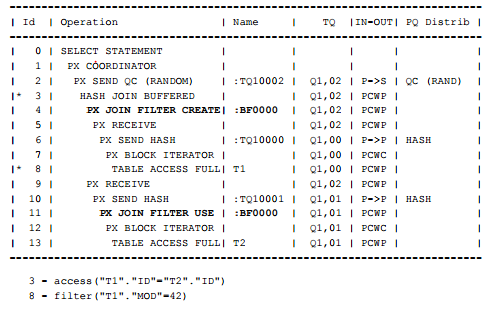
Fast Node & Cell Death Detection
A typical Cluster structure uses standard architecture over Ethernet.
Although this is supported on all platforms and provides high performance, it has some disadvantages.
Since its first versions, Exadata has relied on Maximum Availability Architecture (MMA) to prevent waiting in the Cluster and to eliminate errors between Nodes.
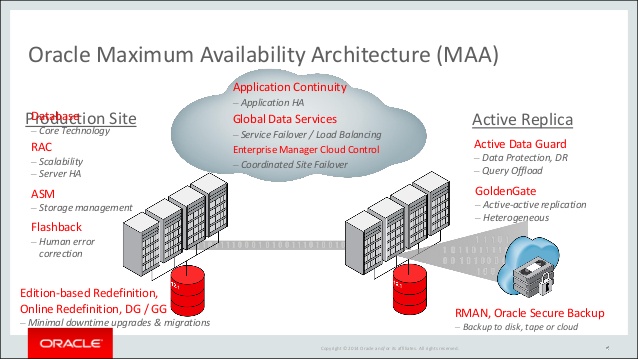

The chart above shows the waiting time for a node breaking on RAC.
While this determination takes 30 seconds or less according to MMA technology, it can go up to 120 seconds in classical systems other than exadata.
As we mentioned above, Exadata is an integrated solution.
It uses Infiniband speed to identify nodes falling on the RAC.
An example chart is given below.
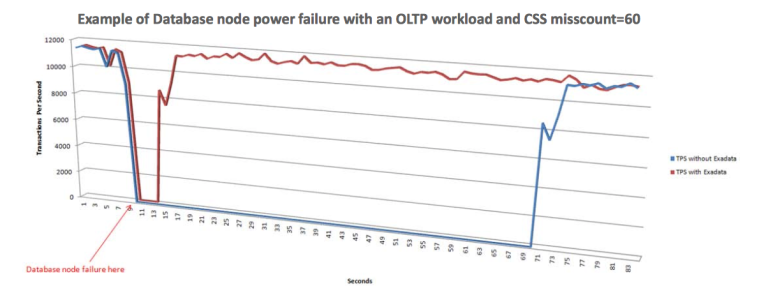
Large Write Caching & TEMP Performance
Exadata takes full advantage of this technology by storing data over 128kb on Flash Cache.
This architecture has always run parallel to the capacity produced.
In this way, the Flash Cache size increases equally with each new Exadata machine.
Adaptive SQL Optimization
Although this is not specific to the Exadata machine, it is of critical importance for Exadata.
Optimization of SQL statements is extremely important today, when most of the DWH environments are moved to Exadata.
Exadata SQL always optimizes the work plan with maximum efficiency.
If a change in plan is detected, it has the ability to quickly adjust it.
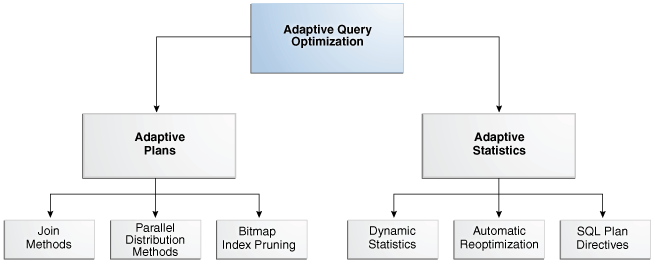
Optimizing storage use and I/O through compression
Oracle Exadata offers a unique compression technology called Hybrid Columd.
With HCC technology, large amounts of capacity are saved in large databases.
This technology is an innovative approach to data compression.
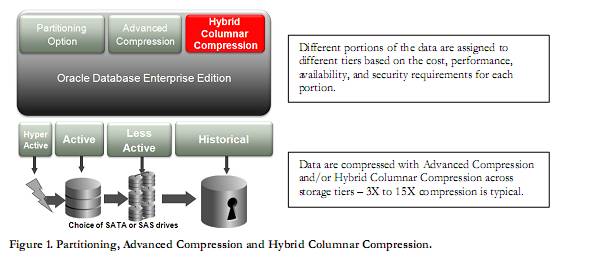
Mission Critical HA
It is designed to be fully compatible with Oracle Exadata high availability architecture.
It is designed to be redundant against all kinds of malfunctions, human errors and interruptions.
In addition, by being integrated into the Dataguard architecture, high protection is provided against disasters that may occur in any situation.
![]()
 Database Tutorials MSSQL, Oracle, PostgreSQL, MySQL, MariaDB, DB2, Sybase, Teradata, Big Data, NOSQL, MongoDB, Couchbase, Cassandra, Windows, Linux
Database Tutorials MSSQL, Oracle, PostgreSQL, MySQL, MariaDB, DB2, Sybase, Teradata, Big Data, NOSQL, MongoDB, Couchbase, Cassandra, Windows, Linux 